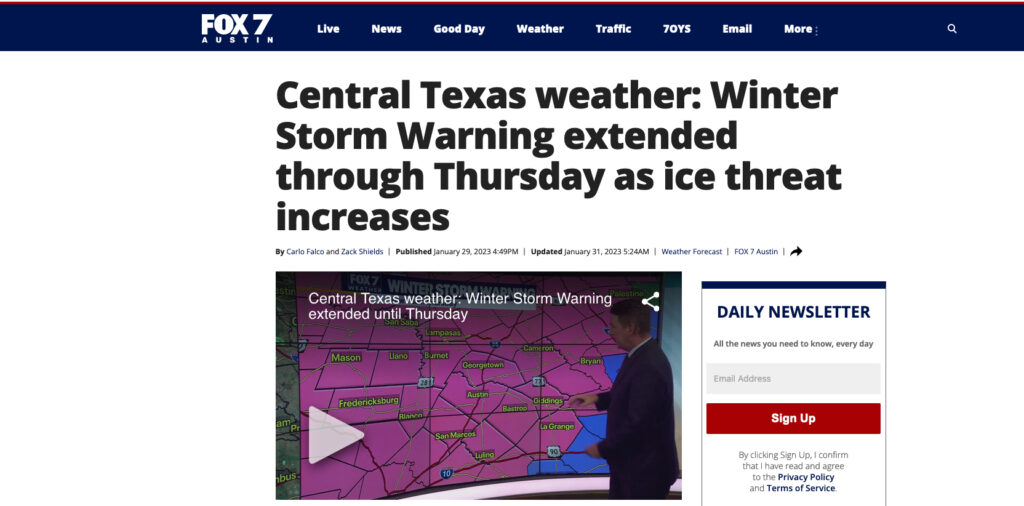Ignoring “Murphy Brown” for the moment, he was also in the original Broadway casts of both “Company” and “Sunday in the Park With George”, among other theater credits.
Interesting side note: in 2002, he married Beth Howland, who was also in the original Broadway cast of “Company”.
Pervez Musharraf, former ruler of Pakistan.
Harry Whittington, most famous as the man Dick Cheney shot.
…
In 1979, Gov. Bill Clements appointed Mr. Whittington to the Texas Corrections Board (now the Board of Criminal Justice), where he was the only Republican on a nine-member panel that had tended to rubber-stamp everything prison managers wanted.
“It was time for somebody to question,” Mr. Whittington said in an interview with The Austin American-Statesman. “There was no other way I knew how to do it.”
He uncovered secrets that stunned him: drug-running by prison officials, no-bid contracts, families paying off guards to protect their loved ones. At meetings, he asked hard questions.
His tenacity led to the creation of a separate unit for developmentally disabled prisoners and an end to wardens’ using prisoners to punish other inmates.
Lawrence emailed an obit for Shlomo Perel, Holocaust survivor with an interesting story.
Fred Terna, also a Holocaust survivor. He became famous for abstract art inspired by his experience.
Mr. Terna’s art became his Holocaust testimony. In acrylic works like “In the Likeness of Fire” and “An Echo of Cinders,” he painted in reds, yellows, oranges and blues to illustrate the flames that incinerated Jews in crematories. In some paintings, he used sand pebbles to represent ashes.
“I know how the fire of a crematorium chimney casts flickering light on a barrack wall,” he wrote in 1984 for the Berman Archive at Stanford University, which documents American Jewish communities. “How does one paint the near certainty of violent personal annihilation? How does one paint, and then make a viewer want to stop, to look at a canvas, to react to it?”
I know that some people would like for me to include photos. Pretty much all of the time, the obits I link to include photos. I’ve always generally assumed that, if you were that interested in the obit, you’d click through to the link, and including photos here would make these entries longer (and possibly infringe on intellectual property rights). I am trying to make more of an effort to link to archived articles, so people don’t have to navigate paywalls.
What do you guys think? Am I wrong about this?

